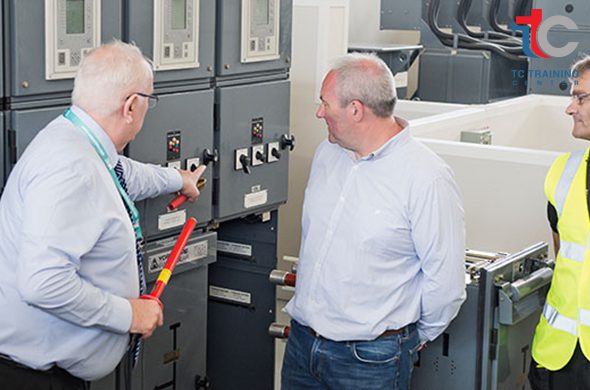Electrical Motor Installation & Protection
Start time
Finish time
Address
Course price

Program OBJECTIVES:
- Undertake a detailed review of the different types of electric motors available
- Define motor if the class or not as per nameplate codes
- Reading Motors Nameplates and understand all items
- Explosion-proof motors
- Area classification as per ATEX standard
- Learn the different starting and control methods used
- Understand the requirements for electric motors in hazardous areas
- Understand the types of motor protection required for different motor types
- Understand the terms “Intelligent Motor Control” and motor Manager”
- How they are used to control and automate many motor control functions
- Learn about comprehensive electric motor maintenance programmers
WHO SHOULD ATTEND?
- Project Engineers
- Lead and Senior Design and Support Engineers
- Electrical Engineers and Designers – Design and Maintenance Operations
- Electrical Superintendents – Maintenance Operations
- Facilities Engineers
- Process and Chemical Engineers
- Mechanical Engineers
- Maintenance Technicians
PROGRAM OUTLINE:
Day 1: Fundamentals of Electric Motors
- Introduction to Electrical Motors, Basic Theory, and Operation
- Types of Electric Motors
- DC
- AC Synchronous
- AC Asynchronous
- Other
- Commonly used Electric Motors in Industry
- Cast or Rotor
- Wound Rotor and Slipring
- Speed torque curves and motor starting considerations
- High Voltage Electric Motors
- Motor losses
- Motor selections based on load
- Special Motors (Mill Drives, Gas Turbine Helper Motors, etc.)
Day 2: Electric Motor Control and Hazardous Area Requirements
- Motor Control Methods and Techniques o DOL
- Reduced Voltage Start by different techniques
- Variable Speed Drives
- PLC controlled
- Area classification as per ATEX standard
- EXd and EX ed Motors
- Motors Classified for use in Hazardous Areas
- Gland installation and cabling for EX motors
Day 3: Electric Motor Bearings, Efficiency and Harmonics
- Motor Bearings – Design and Types, Plain, Roller and Sleeve, Lubrication.
- THD (total harmonic distortion measurements)
- Explain K factor
- Power quality improvement to increase efficiency
- Power factor correction different methods
- Energy Efficiency of Motors
- Harmonics in Motors from VSDs or other sources
Day 4: Electric Motor Protection
- Motor Protection Requirements – General
- ANSI code for motor protection
- Using multifunction protection relay
- Motor Stall, Acceleration and Running Thermal Limit Curves
- Motor Thermal Capacity and How it is Evaluated in Motor Protection Devices
- Motor Managers and Intelligent Motor Control
Day 5: Electric Motor Maintenance and Repair
- Preventative Maintenance, Corrective Maintenance, and Maintenance Planning
- On-Line Testing of Motors Using Current Signature Analysis can detect:
- Rotor defects
- Stator Problems
- Bearing Problems
- Air Gap Problems
- Off-line Static testing to evaluate: o Stator Condition
- Rotor Health
- Air Gap Anomalies
- Power Circuit Faults
- Motor Insulation Health
- Predictive Maintenance using PD, infrared Camera
- Cable selection and voltage drop calculation
- FMEA and RBI
- Repair or Replacement Decisions, Motor Repair




